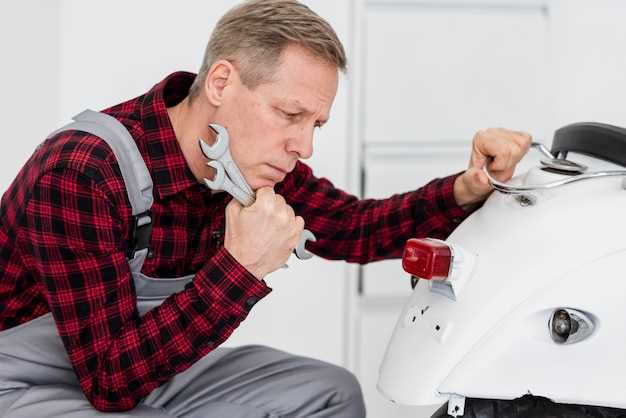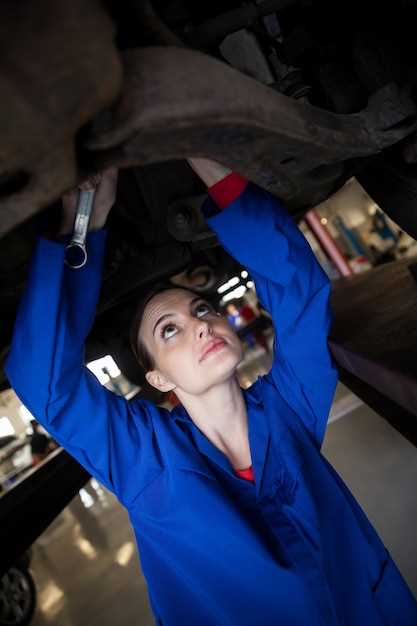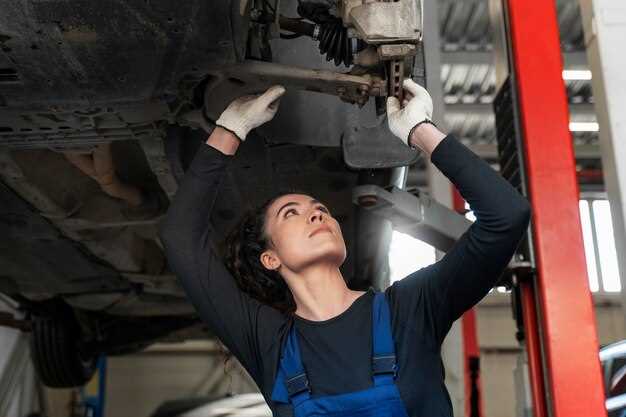
BMW vehicles are renowned for their performance and engineering excellence. However, like any automobile, they can develop issues over time, one of the most common being an exhaust leak. This not only affects engine performance but can also lead to increased emissions and a less enjoyable driving experience. Timely detection and repair are essential for maintaining the integrity of your BMW.
Identifying an exhaust leak is crucial for any BMW owner. Symptoms can include a decrease in fuel efficiency, unusual noises coming from the exhaust system, and foul odors entering the cabin. Fixing these leaks promptly can prevent further damage and ensure that your vehicle continues to run smoothly.
In this article, we will guide you through the step-by-step process for fixing exhaust leaks in BMW vehicles. From diagnosing the issue to executing the repair, you’ll gain the knowledge needed to tackle this problem effectively. Whether you’re a seasoned mechanic or a DIY enthusiast, our comprehensive guide will empower you to restore your BMW’s exhaust system back to optimal condition.
Identifying the Source of Exhaust Leaks in BMW Models

Exhaust leaks in BMW vehicles can lead to decreased engine performance and increased noise. Identifying the source of these leaks is crucial for effective repair. Follow these steps to locate the issue:
-
Visual Inspection:
- Inspect the exhaust system components, including the manifold, pipes, and muffler for any visible cracks or holes.
- Check for rust or corrosion, which can indicate weak points where leaks may occur.
-
Listen for Unusual Noises:
- Pay attention to hissing or popping sounds while the engine is running; these noises often indicate a leak.
- Differences in sound intensity while accelerating can also point to the leak’s location.
-
Use a Smoke Test:
- A smoke machine can be used to introduce smoke into the exhaust system. Observe where the smoke escapes, as this will indicate the leak’s source.
- Ensure the engine is at operating temperature for more accurate results.
-
Check Exhaust Gas Recirculation (EGR) System:
- Inspect the EGR system for any leakage points, as faulty seals can contribute to exhaust leaks.
- Ensure the EGR valve operates correctly, as malfunctioning components can exacerbate exhaust issues.
-
Use a Pressure Test:
- Seal off the exhaust system and apply pressure; listening for air escaping can detail the leak’s location.
- This method helps in finding leaks that are not visible to the naked eye.
By systematically following these steps, BMW owners can effectively identify the source of exhaust leaks, paving the way for a successful repair. Promptly addressing leaks will enhance vehicle performance and ensure a quieter ride.
Tools and Materials Needed for BMW Exhaust Repair

To effectively address exhaust leaks in BMW vehicles, it’s essential to have the right tools and materials at hand. A proper repair ensures that your vehicle runs smoothly and efficiently.
First, you will need basic hand tools, including a socket set, wrenches, and screwdrivers. These are crucial for removing and tightening exhaust components. A ratchet and an extension bar can help reach tight spots.
A quality torque wrench is important to meet the manufacturer’s specifications when reassembling exhaust parts. Additionally, a pair of pliers may be necessary for handling clamps and brackets.
For detecting leaks, a smoke machine can be helpful, as it easily identifies areas where exhaust escaping occurs. You may also use soapy water applied with a spray bottle to check for bubbles indicating a leak.
Materials needed for the repair include exhaust sealant, which helps seal joints and gaps. High-temperature silicone sealant is preferred for its durability in extreme conditions. Replacement gaskets are also key, as worn or damaged gaskets can significantly contribute to leaks.
If you’re dealing with cracked exhaust pipes, you may need exhaust pipe repair tape or bandage, which provides a temporary fix until a permanent solution can be applied.
In summary, having the right tools and materials not only makes the repair process easier but also ensures that the exhaust system on your BMW is functioning correctly and efficiently. Proper preparation is essential for a successful repair.
Step-by-Step Guide to Sealing Exhaust Leaks in BMW Vehicles
Identifying an exhaust leak in your BMW is crucial for both performance and safety. This guide will provide exact steps to repair exhaust leaks effectively.
First, you need to locate the leak. Start your vehicle and let it warm up. Carefully listen for any unusual sounds from the exhaust system, which could indicate a leak. Alternatively, you can visually inspect the exhaust components, such as the manifold, pipes, and joints, for signs of soot or rust.
Once you’ve pinpointed the leak, gather necessary tools and materials. You will need a wrench set, a jack and jack stands, exhaust sealant, or a replacement gasket depending on the type of leak you are addressing.
Next, safely lift the vehicle using the jack and place it on jack stands. This is important for your safety while working underneath. Make sure to wear protective gear, including gloves and safety glasses.
Now, it’s time to access the leaking area. Remove any components obstructing your access, such as heat shields or underbody panels. Be careful not to damage any surrounding parts during this process.
If the leak stems from a loose connection, tighten the bolts or clamps holding the exhaust components together. If a gasket is blown, replace it with a new one. Ensure the new gasket is fitted correctly in place.
In cases where the metal is damaged, applying high-temperature exhaust sealant can help. Carefully apply the sealant over the affected area, making sure to cover the leak completely. Be sure to follow the manufacturer’s instructions for best results.
After repairs, reassemble all components you removed earlier. Make sure everything is securely tightened to prevent future leaks. Start the vehicle and listen for any remaining exhaust noise to confirm the repair was successful.
Finally, take your BMW for a short drive to allow the exhaust system to heat up. After the drive, inspect the repaired area once again for leaks. If everything is in order, your exhaust system should now be sealed properly.



